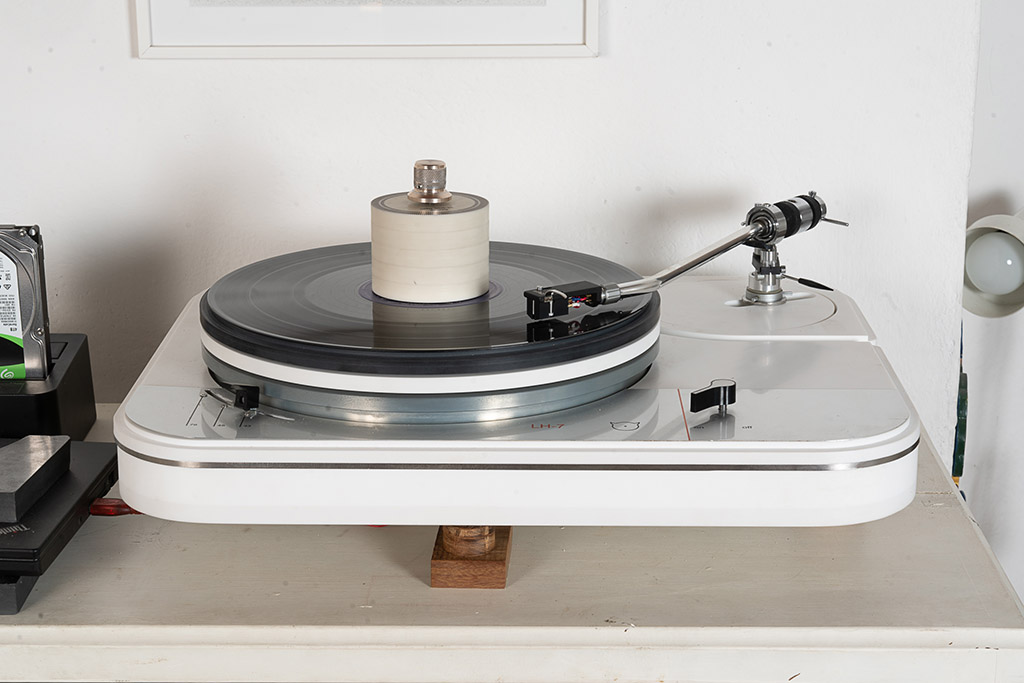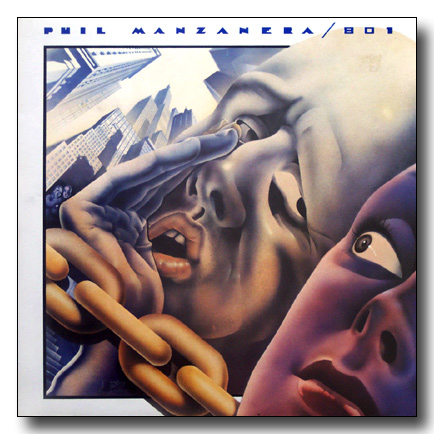

Micro Clubbing in Tokyo
Ever on the lookout for big new venues with equipment lists that go through the floor, Mondo finds just the opposite in Tokyo, Japan.
Mega clubs like Ageha and Womb, together with mammoth music festivals such as Fuji Rock and the legendary Rainbow 2000 have created a generation with a passion for contemporary music in all its forms. Not withstanding, quaint little bars that can accommodate half a dozen people have been commonplace in Japan for a very long time. Over the past few years this miniaturization of bars has been crossing over into dance clubs.
On a recent trip to Tokyo we looked at two examples of the phenomena. KOARA is one new venue that is fairly typical of the plethora of micro clubs that have started springing up around Tokyo and other parts of Japan. Even the name KOARA sums it up: like the small, cute and cuddly Australian koala which sleeps during the day and becomes more lively in the dark.
The capacity of KOARA is under two dozen, in fact, with 12 people in the bar and 12 people on the dance floor it would begin to resemble the dreaded last train home on a Saturday night. These last trains however are actually a boon for Tokyo’s egalitarian clubbers. Not wishing to join the throngs of inebriated ‘sarariman’, they prefer to wait the night out dancing with their pals in the fascinating range of venues that Tokyo has to offer.
Located in an extremely fashionable area of Shibuya, KOARA’s design is clean minimal and very, very dark, with just three lights and a mirror ball over the living room sized dance floor. The emphasis is on sound and expressed through JBL JRX series speakers. KOARA’s president, Tatsuya Takayama is adamant that venues such as his are actually ideal for the specialization of various sub-genres of dance music, evidenced by his club flyers that promote minimalist house techno on one night and tropical tech hard house the next. Entry at KOARA is usually free and open to anyone.
Not far away from KOARA is a venue which, even though approximately the same size, is extremely private, being open only to close friends and privileged guests of the reclusive owner, Yama San, a fashion designer with a love for dub and analogue sound. While KOARA is dark and minimal, Yama’s private dub room is bright and organic.
The large ornate Electro-Voice Patrician speakers were made around 1956. 44cm Elektro-Mess-Technik (EMT) 927ST turntable platters were originally designed to play 16” acetate records, and are powered by an electric motor through the idler-wheel system. The cartridges are EMT TMD25. The pre-amp is the classic McIntosh laboratories model C20. Along with this fascinating range are a rare pair of Western Electric 46c tube amps originally developed for cinemas and military use.
Yama’s associate and friend, the well known British electro musician and fashion designer, Richard Sharpe (The Shamen, Deep Space Time, Space Time Online) was the first person to inform us of the micro-club phenomena. When asked to recommend any big new venues in the capital he was stuck for suggestions: “It’s all gone micro in Tokyo!” he said.
While KOARA is open to one and all dance music lovers and Yama’s private dub room is only open to a privileged few, both venues share a very personal intimate quality. Many Japanese clubbers are tired of the usual somewhat impersonal mainstream events that try to satisfy everyone.
How widespread is the micro club phenomena in Japan? According to Jeff Richards, a Japan based music journalist and event promoter, “Micro clubs are increasingly prevalent in Tokyo. Very small bars with a single niche have always been popular with the Japanese. They have amazingly tiny bars that cater to extremely eclectic clientele - from Velvet Underground/Bowie/heroin-goth (Bar Derori in Shibuya) to 70s roots vinyl (The Last Waltz in Yokohama) to metal bars with a beer and choose-all-of-your-own-songs-and-air-guitar-along CD menu (Bar Mother in Shinjuku that seats just eight people). There are just too many to mention”.
Richards adds that since around 2005 larger clubs have been closing and many mini clubs have been opening - Mixro:Office in Shibuya was one of the first. It’s prohibitively expensive to open any big space in Tokyo and punters are tired of the JP¥4,000 entry charges that do not permit punters to re-enter once they go outside.
Richards also mentions that an added benefit of the micro clubs, is that even with only a few dozen people they already feel packed out adding to the party vibe. He thinks we’re going to see more and more micro clubs opening in the next couple of years. Owners are able to design them with the usual Japanese attention to detail, and flair for designing unique small spaces. As well as that, they require less staff, less overhead and cater to aspiring creative talent looking for venues and patrons that crave a new sense of belonging to a community.
Obviously, the good news for AV manufacturers and distributors is that even though there may not be many tall orders, there are a lot of small ones and they are supplying a market that is extremely critical and always on the look out for something newer and better.
(Words & Pics: Jimmie Wing)
Super cool!
Thanks to my friend Gabriele and to Jimmie Wing.



%20is%20a%20French%20daily%20evening%20newspaper.%20The%20cover%20shows%20Iraqi%20dictator%20Saddam%20Hussein%20at%20the%20time%20of%20the%20First%20Gulf%20War.jpg)







.jpg)


















.jpg)







































No comments:
Post a Comment